Adopting Lifestyle Changes to Support Your Spine's Wellness
October 28, 2025
9 min

Why Prioritize Spine Wellness?
A healthy spine is fundamental to overall well-being, supporting bodily movement, protecting nerves, and enabling daily function without pain or restriction. However, back and neck issues remain common, often stemming from lifestyle factors such as inactivity, poor posture, and nutrition. Adopting purposeful lifestyle changes can strengthen and protect the spine, prevent degeneration, and improve quality of life.
Physical Activity: The Cornerstone of Spine Health

How does regular physical activity support spine health?
Regular physical activity strengthens the muscles that support the spine, enhances flexibility, aids in maintaining a healthy weight, and improves blood circulation. These effects collectively stabilize the spine, reduce strain, and lower the risk of injury or degenerative changes. Keeping the spine mobile and supported also decreases muscle tightness and prevents stiffness that can lead to chronic back pain. For more on the benefits of exercise, see Physical activities for spine health and Regular physical activity for spine health.
What exercises are particularly beneficial for spinal wellness?
Several types of exercises are especially effective for spine health:
- Low-impact aerobic exercises: Activities like walking, swimming, and cycling enhance cardiovascular fitness while promoting spine mobility with minimal joint stress. See Benefits of walking, swimming, and yoga for back health and Brisk walking for back health.
- Core strengthening exercises: Movements such as planks, bridges, curl-ups, side planks, and bird-dogs engage abdominal and back muscles, providing spinal stability and reducing pressure on the lower back. Learn more at Core strengthening exercises for spine health and Three moves for better spine health.
- Stretching routines: Exercises including Cat-Cow stretches, pelvic tilts, knee-to-chest stretches, and child’s pose increase flexibility, release muscle tightness, and support proper spinal alignment. See 10 Exercises to Improve Posture and Relieve Lower Back Pain and 8 Great Exercises to Safeguard Your Spine.
How often should these exercises be performed?
Core strengthening exercises are generally recommended two to three times each week, with a gradual increase in repetitions as strength improves. Stretching and aerobic activities can be performed daily or according to individual tolerance and lifestyle. Structured rehabilitation programs typically span four to six weeks and often include ongoing maintenance exercises to preserve lifelong spinal health. For detailed programs, see Spine Conditioning Program and Rehabilitation Exercises for a Strong and Healthy Spine.
What role does physical therapy play in managing back pain?
Physical therapy offers personalized exercise plans focusing on strengthening, stretching, and relaxation techniques. This targeted approach addresses pain relief, mobility enhancement, and injury prevention effectively. Many individuals can avoid surgery through dedicated physical therapy, as it helps restore function and reduce discomfort through non-invasive, tailored care. More information can be found at Benefits of Targeted Physical Therapy and Physical Therapy for Back and Neck Pain.
Incorporating regular, balanced physical activity with focused core work and stretching enables a stronger, more flexible spine, supporting overall back health and reducing the risk of chronic pain. Explore 7 habits for optimal spine health and Maintaining a Healthy Spine Tips for comprehensive guidance.
Posture and Ergonomics: Aligning for Longevity

Why is maintaining good posture important for spine health?
Good posture is vital because it preserves the natural S-shaped curves of the spine, preventing misalignment that can lead to chronic pain and degeneration. Proper alignment reduces strain on muscles and ligaments, minimizing fatigue and the risk of spinal disorders over time. For more information, see Good posture for spinal alignment, Importance of Proper Posture, and Importance of good posture.
What ergonomic adjustments can reduce spinal strain at work or home?
Creating an ergonomic workspace is essential for spinal wellness. Use chairs with lumbar support to maintain lower back curvature. Position your computer monitor at eye level to avoid neck strain. Keep elbows and knees bent at approximately 90 degrees to promote correct joint positioning. Additionally, incorporate frequent breaks to move and stretch, which alleviates muscle tension. Relevant resources include Ergonomic workstation setup, Ergonomic practices for spine support, and Ergonomic workspace setup tips.
Which posture exercises improve spinal alignment?
Simple exercises can strengthen postural muscles and improve spinal alignment. Chin tucks help correct forward head posture, shoulder blade squeezes reinforce upper back strength, and arm-across-chest stretches alleviate tightness. Regularly practicing upper-body stretches prevents the development of common postural issues like upper cross syndrome. For detailed exercises and tips, see Posture exercises for spinal health, Exercises to improve posture, and Improve your posture.
What are proper lifting and sleeping practices for spinal wellness?
When lifting objects, bend at your knees and hips rather than the waist, keep your back straight, and hold objects close to your body to reduce strain. For sleep, lying on your back or side with pillows placed under or between the knees helps maintain spinal curves and reduces pressure points, promoting restorative rest. Refer to Proper lifting techniques to prevent back injuries, Sleeping positions for spine alignment, and Sleeping positions for low back pain relief.
How can prolonged sitting be managed to protect the spine?
To counteract the negative effects of prolonged sitting, limit sessions to 10-30 minutes before standing or walking briefly. Use lumbar supports such as specialized cushions or rolled towels to sustain the natural spine curve while seated. Adjust your seating posture to keep hips higher than or level with knees, feet flat on the floor, and avoid slouching to prevent spinal stress. See resources on Maintaining lumbar lordosis, Lumbar support for spine health, and Limiting sitting time for back pain.
Nutrition and Hydration: Building Blocks for a Strong Spine

Essential nutrients for bone and spinal health
Maintaining a healthy spine requires vital nutrients such as calcium and vitamin D for spine strength, magnesium, vitamin K, and omega-3 fatty acids and spine protection. Calcium is crucial for bone density and structure, primarily stored in vertebrae. Vitamin D aids calcium absorption and supports nerve and bone health. Magnesium enhances calcium uptake and activates vitamin D. Vitamin K contributes to bone strength and density, and omega-3 fatty acids reduce inflammation that can degrade spinal tissues. Antioxidants protect spine cells from oxidative damage (Nutrition and Spine Health).
Anti-inflammatory dietary choices
Inflammation plays a significant role in spinal degeneration and discomfort. A spine-friendly diet emphasizes anti-inflammatory foods like leafy greens, fatty fish, nuts, seeds, and herbs such as turmeric and ginger. Avoiding processed foods, excessive sugars, phosphates in sodas, trans fats, and high caffeine intake can minimize inflammation and prevent further spinal damage (Diet for a Healthy Spine).
Foods to support spine wellness
Include dairy products like milk, cheese, and yogurt for calcium, fatty fish like salmon and mackerel for omega-3s, leafy greens (spinach, kale) for vitamins and minerals, nuts and seeds for magnesium, and colorful fruits such as berries and cherries rich in antioxidants. Legumes and plant-based proteins also provide essential nutrients supporting bone and muscle health (Choose Foods for a Healthy Spine, 7 foods you need to be eating for spinal health).
Hydration’s role in spinal function
Water is fundamental in keeping intervertebral discs elastic and cushioned, enabling shock absorption and spinal flexibility. Proper hydration supports nutrient delivery and waste removal in spinal tissues, enhancing overall disc health and function (Nutrition and Spine Health.
Nutrition in spinal recovery and prevention
Optimal nutrition before and after spinal surgery aids wound healing, strengthens muscles, and supports tissue repair, reducing complications and accelerating recovery. Long-term, balanced nutrition combined with weight management lessens strain on the spine and helps prevent degenerative disorders (Nutrition Around Spine Surgery.
Focusing on these nutritional and hydration practices supports a strong, flexible spine and contributes to overall spinal health and wellness.
Weight Management and Smoking Cessation: Key Lifestyle Factors

How does excess weight affect spinal health?
Excess body weight, particularly around the abdomen, places added mechanical stress on the spine and its supporting muscles. This increased load accelerates degenerative changes in spinal discs and joints, contributing to chronic back pain and mobility issues. The strain caused by extra weight also promotes inflammation, further exacerbating spinal discomfort and dysfunction. For more on Maintaining a healthy weight for spine support and Managing weight for spine health, see related resources.
Why is maintaining a healthy weight beneficial for the spine?
Maintaining a healthy body weight lessens the burden on spinal structures, helping to protect discs and joints from premature wear. It lowers inflammation levels in the body, which can otherwise fuel degenerative spinal conditions. A healthy weight also helps maintain proper posture, reducing muscle strain and preventing deformities or imbalance that adversely affect spine health. Learn more about Healthy spine lifestyle habits and Balanced diet and spine health.
What harmful effects does smoking have on the spine?
Smoking negatively impacts spinal health by restricting blood flow and reducing oxygen and nutrient delivery to spinal discs. This poor circulation accelerates disc degeneration and weakens the spine’s structural integrity. Additionally, smoking increases the risk of bone fractures and chronic back pain, as it impairs the body's natural healing mechanisms and increases inflammation around spinal tissues. For more details, see How smoking affects spine degeneration and Effects of smoking on spine.
How does quitting smoking support spinal wellness?
Quitting smoking reverses many of its harmful effects by restoring improved blood circulation to spinal tissues. Better blood flow enhances tissue repair and reduces inflammation, slowing the progression of spinal degeneration. Smoking cessation also supports overall bone health and decreases the likelihood of future spinal injuries or chronic pain. Refer to Quitting smoking for better spinal health and Smoking cessation benefits for more information.
Lifestyle changes supporting spine longevity
Combining weight management with smoking cessation forms a powerful foundation for long-term spine health. Regular physical activity and a nutrient-rich diet complement these efforts, minimizing spinal stress and promoting healing. Together, these lifestyle modifications significantly reduce the risk of back pain, degenerative diseases, and functional decline, supporting a healthier, more resilient spine throughout life. Explore comprehensive guidance on Essential lifestyle changes for spine health and physical activity for spine health.
Stress Management and Mindfulness: Supporting Musculoskeletal Wellness

How does stress affect spinal health?
Stress leads to muscle tension, especially in the back and neck areas. This heightened tension can worsen spinal pain, contribute to poor posture, and increase the risk of injury by placing additional strain on spinal structures. See more on Stress management for spine health.
What stress management techniques support spine wellness?
Techniques such as mindfulness meditation, deep breathing exercises, yoga, and tai chi are effective in decreasing muscle tension and improving the nervous system's response to pain. Engaging in relaxing hobbies also helps soothe muscles and support spine health. Learn about Meditation and deep breathing for spine care, Yoga for back pain relief, and Stress management techniques.
Why is body awareness important for spinal alignment?
Developing body awareness through mindfulness practices and body scans encourages better posture habits. This heightened attention to bodily movement helps prevent harmful patterns and promotes ongoing spinal well-being. For more info on Mindfulness and pain reduction and Body scans and movement.
How does integrating mental and physical wellness improve spine health?
Merging mental stress reduction methods with physical exercises and ergonomic adjustments alleviates muscle strain and lowers inflammation. This holistic approach not only supports spinal structures but also enhances overall quality of life and physical comfort. Understand the benefits of Integrating spinal health into wellness and Ergonomic practices for spine support.
Embracing Lifestyle Habits for a Resilient Spine
Supporting spine health requires a comprehensive approach that prioritizes physical activity, proper posture, balanced nutrition, weight control, smoking cessation, and stress management. By integrating these lifestyle changes into daily routines, individuals can strengthen spinal structures, reduce pain, prevent degeneration, and maintain mobility. Investing in spinal wellness not only alleviates discomfort but enhances overall vitality and longevity, empowering a healthier, more active life.
Recent articles
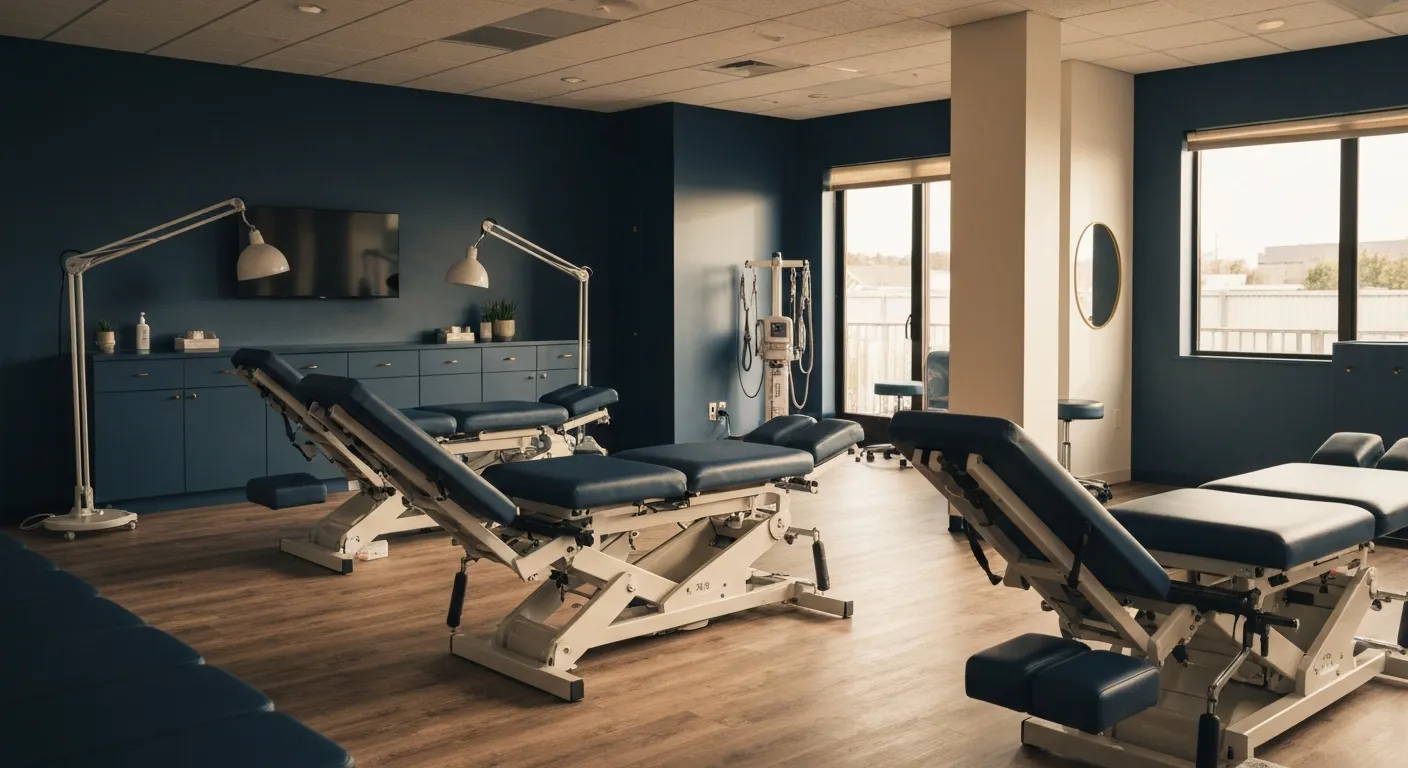
Long-Term Pain Relief Through Targeted Corrective Exercises

10 Benefits of Integrating Physiotherapy with Chiropractic Treatments

Corrective Exercises That Help Prevent Recurring Pain

8 Corrective Exercises Proven for Lasting Pain Relief

Lifestyle Habits for Maintaining a Healthy Spine
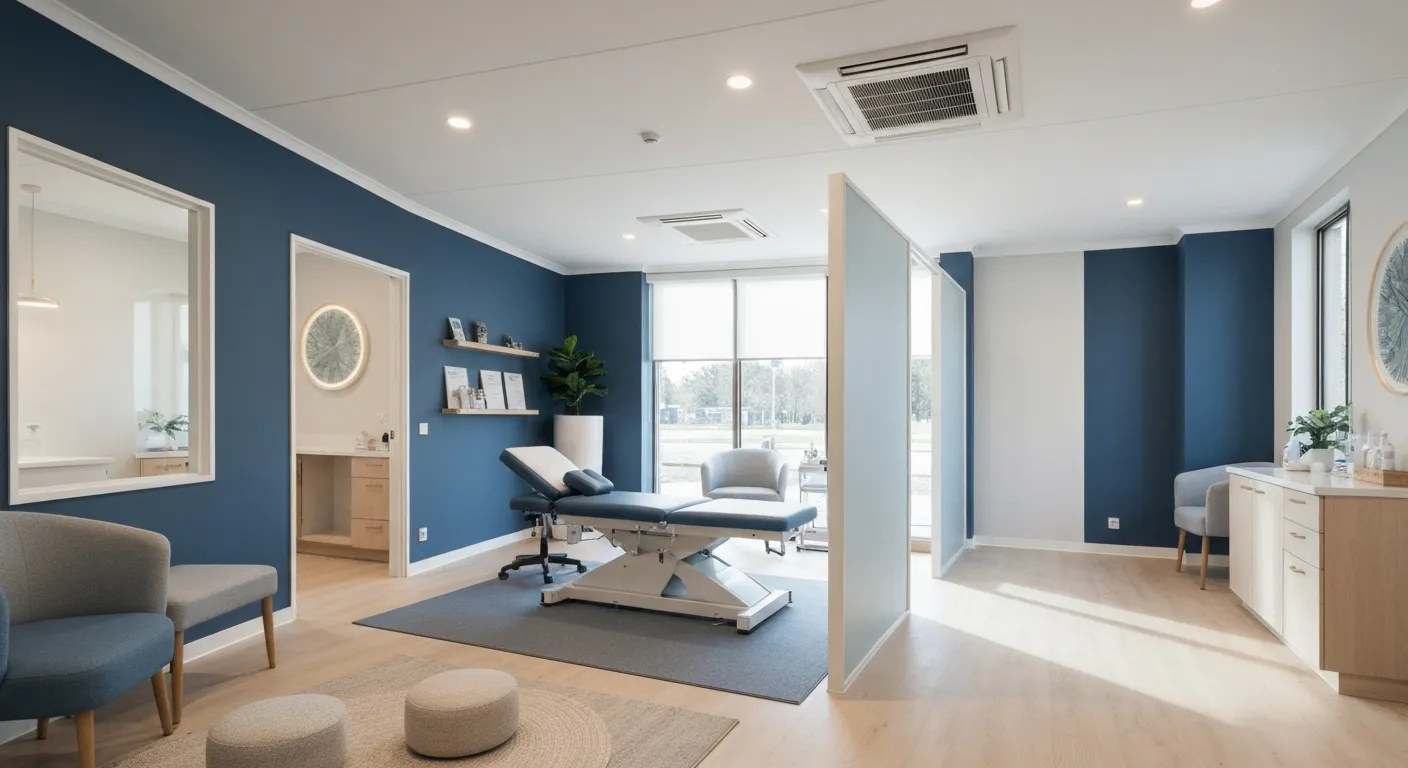
What You Will Experience at Your Initial Chiropractic Visit
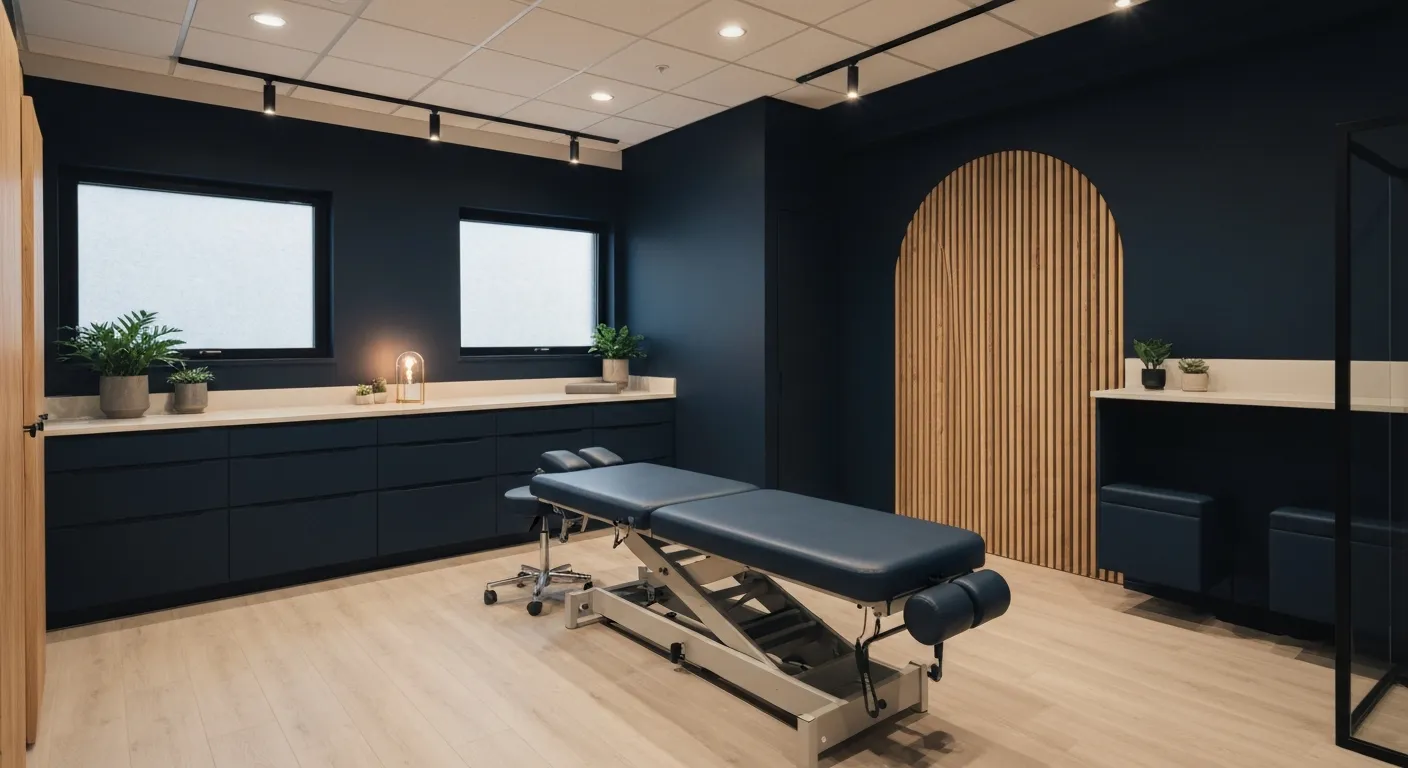
What Happens at Your First Visit to a Chiropractor?
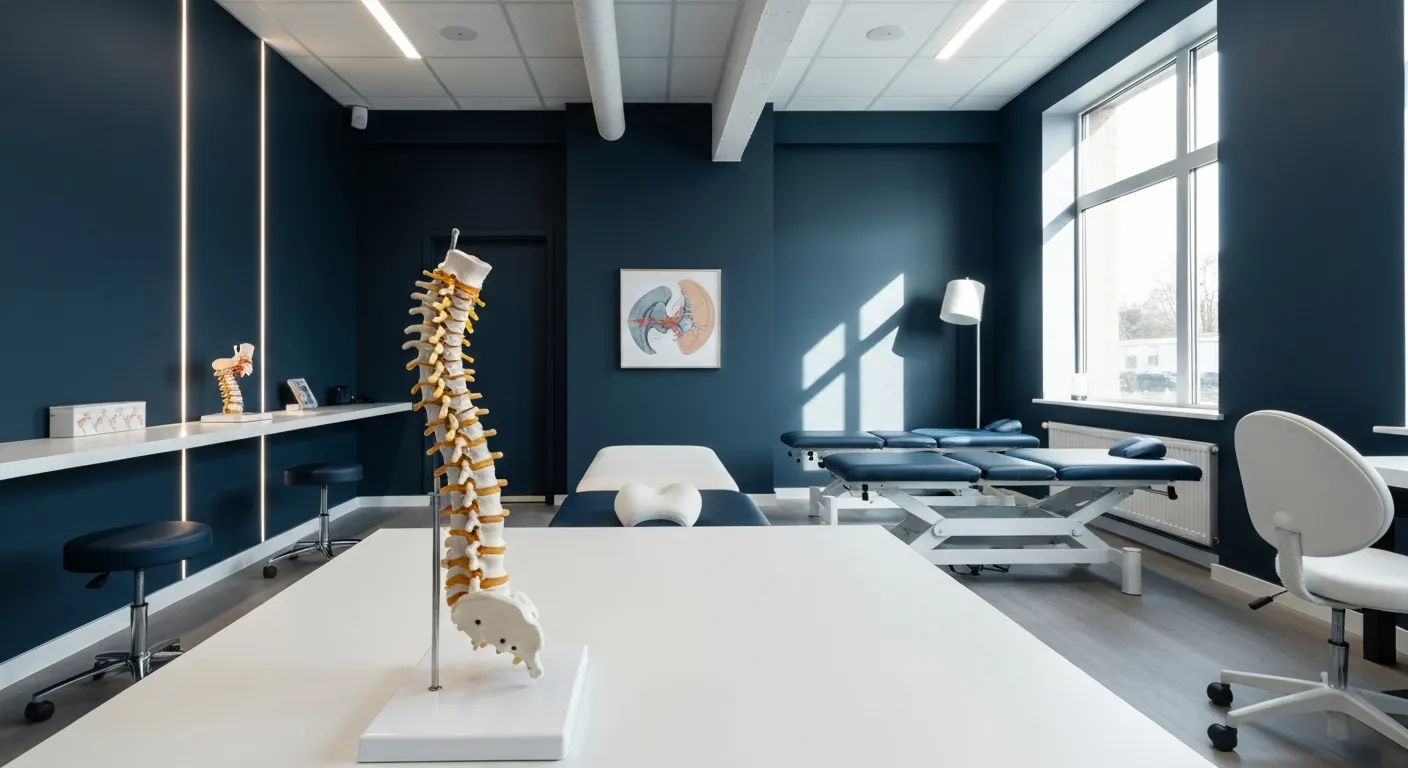
Focusing on Root Cause Analysis for Effective Pain Relief
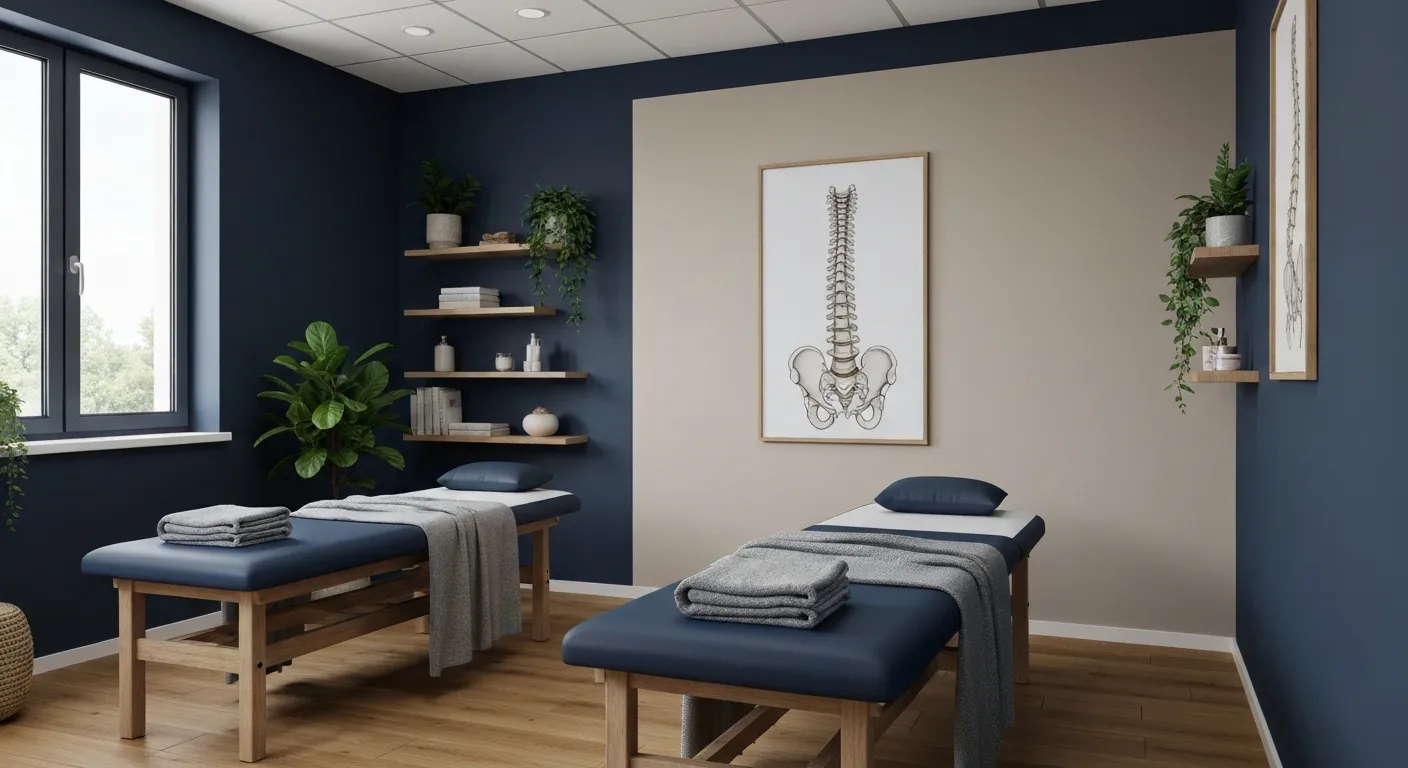
Tips for Lifestyle Changes to Support Spinal Health

Holistic Treatment Plans: Alternatives to Surgery for Chronic Pain

Enhance Wellness Through Personalized Nutritional Counseling

Non-Invasive Pain Relief: Exploring Holistic Treatment Alternatives
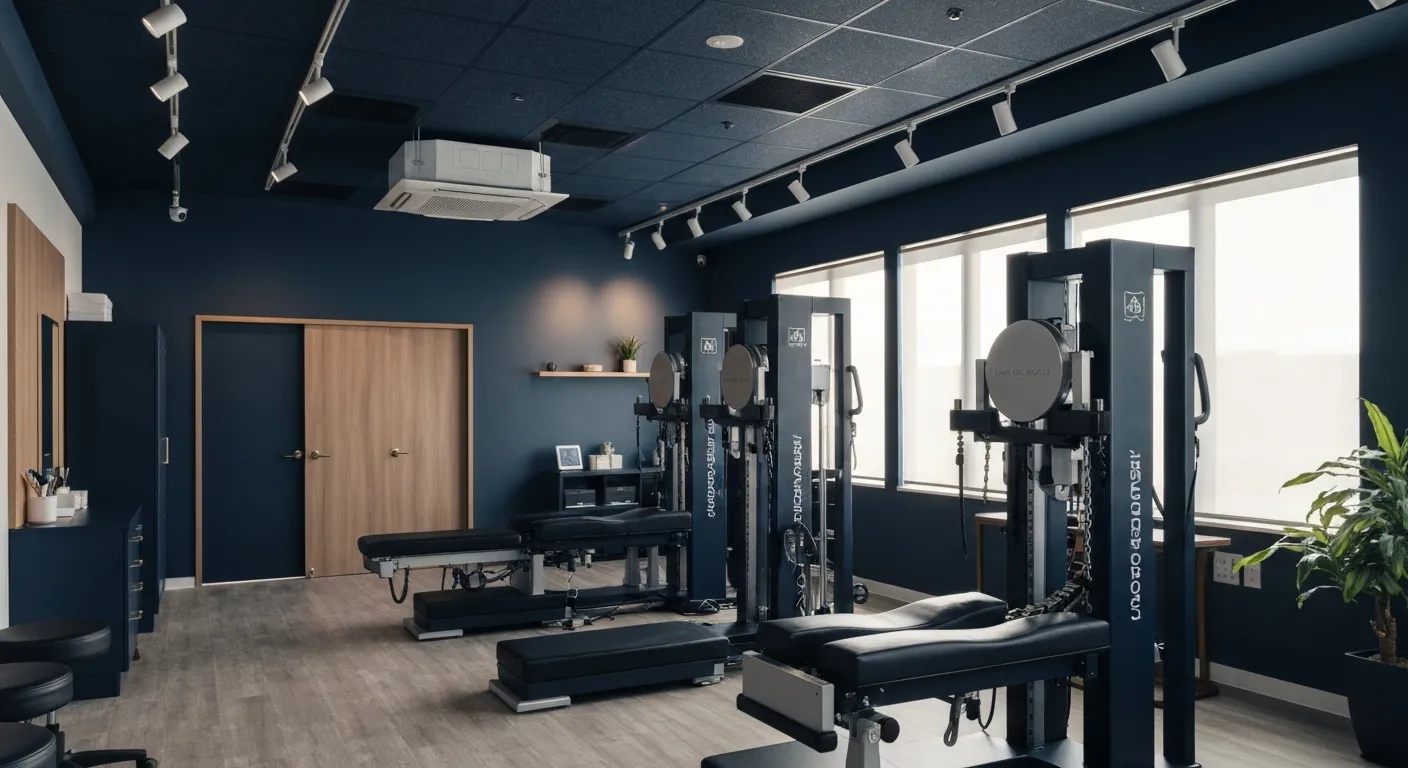
Sciatica Relief Through Targeted Spinal Decompression

Integrating Physiotherapy with Chiropractic Treatments for Better Results

Testimonials That Demonstrate the Benefits of Chiropractic Care

The Power of Corrective Exercises in Pain Management

A Step-by-Step Guide to Your Initial Chiropractic Consultation

9 Nutritional Tips to Enhance Your Chiropractic Wellness Journey

Patient Experiences: How Chiropractic Care Changed Their Lives

Lifestyle Recommendations to Keep Your Spine in Top Shape

Effective Corrective Exercises for Long-Term Pain Relief

Back Pain Benefits: What Chiropractic Care Can Do for You
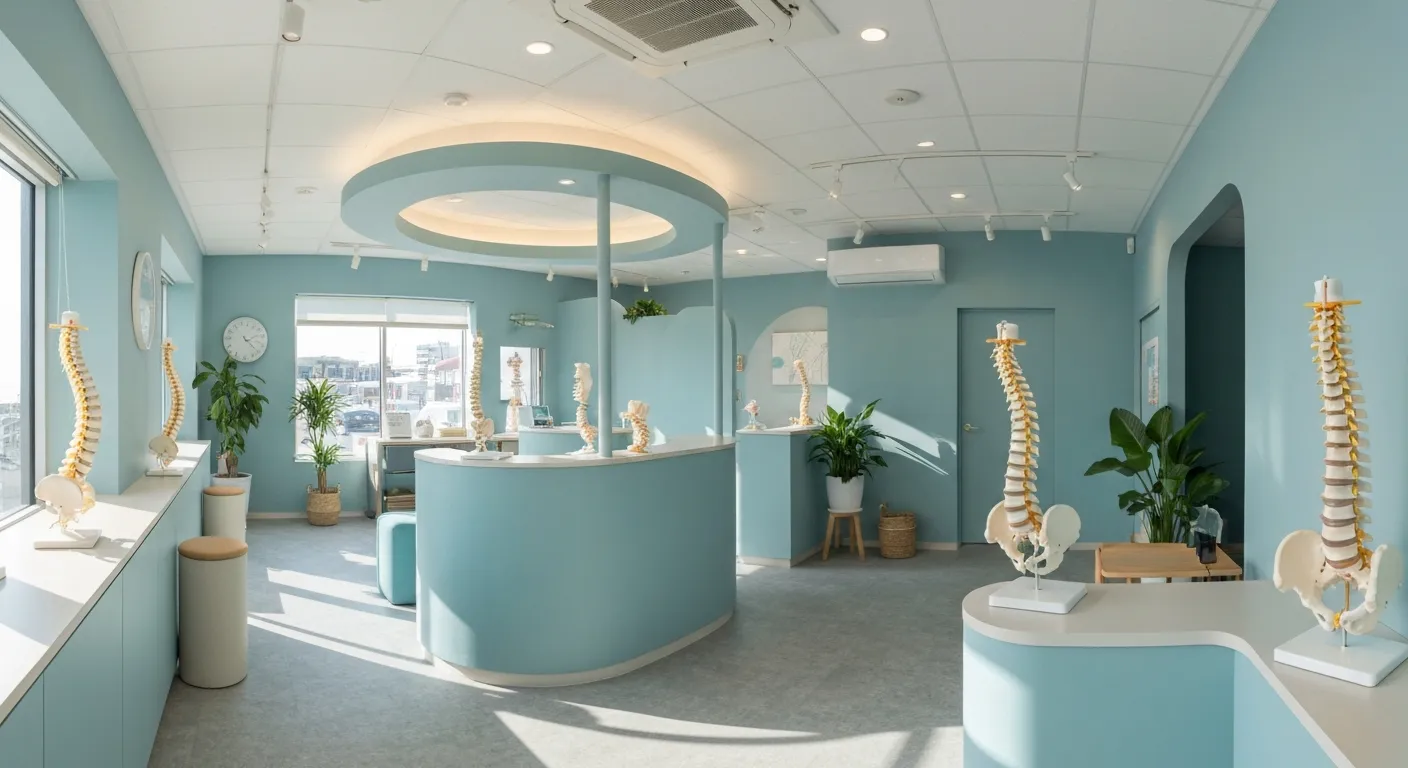
Spinal Decompression Techniques for Effective Sciatica Relief
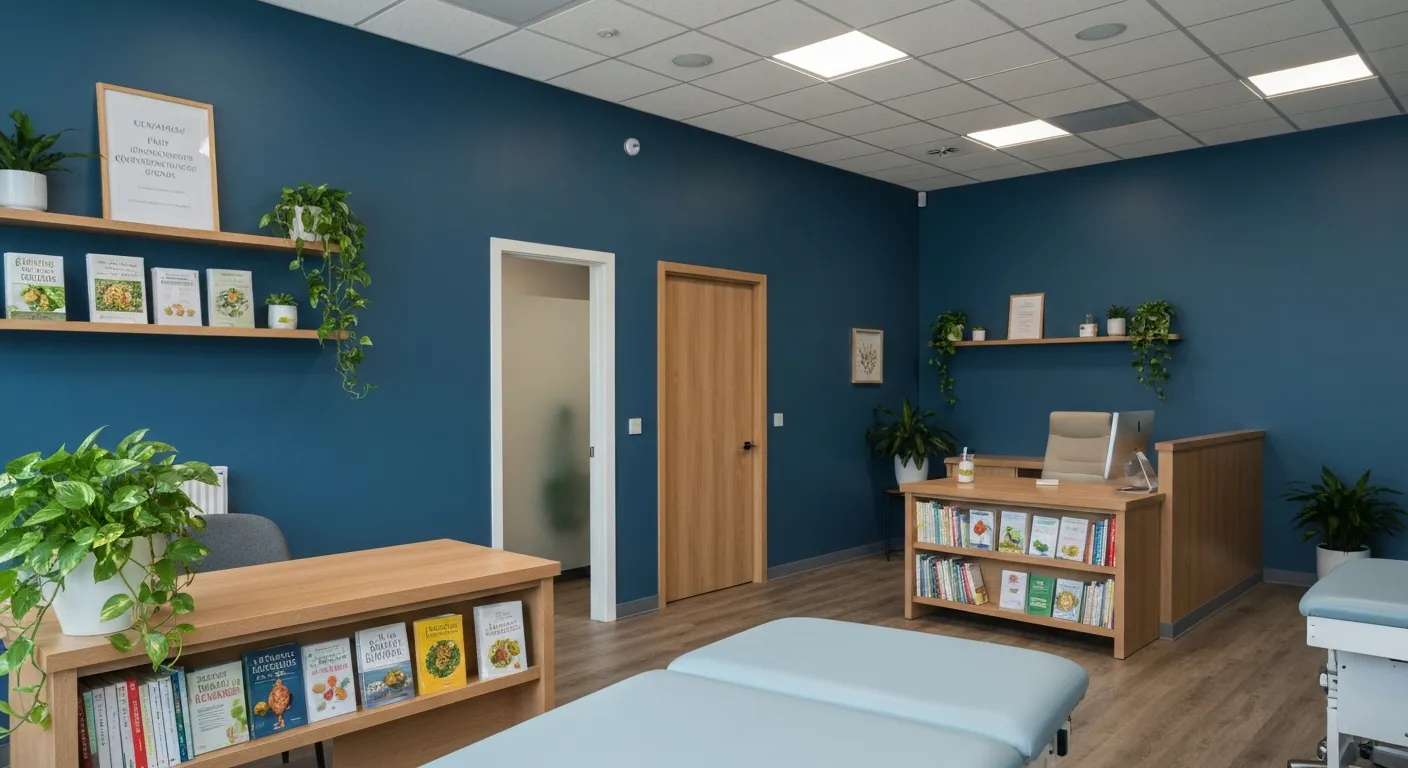
Top Nutritional Counseling Tips for Enhanced Wellness
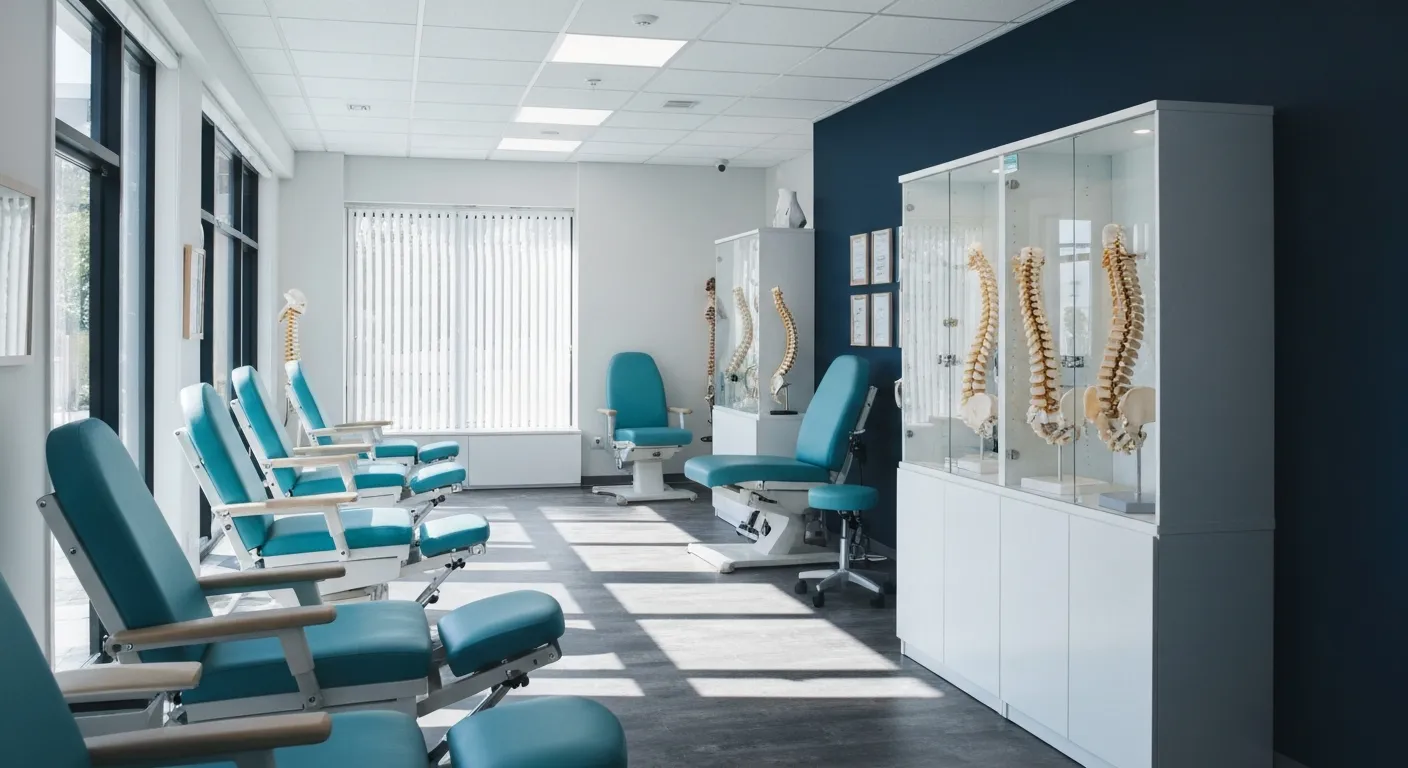
6 Lifestyle Habits That Boost Spine Health Daily

Discover Holistic and Non-Surgical Pain Relief Solutions

Exploring Holistic and Non-Surgical Treatment Options for Pain
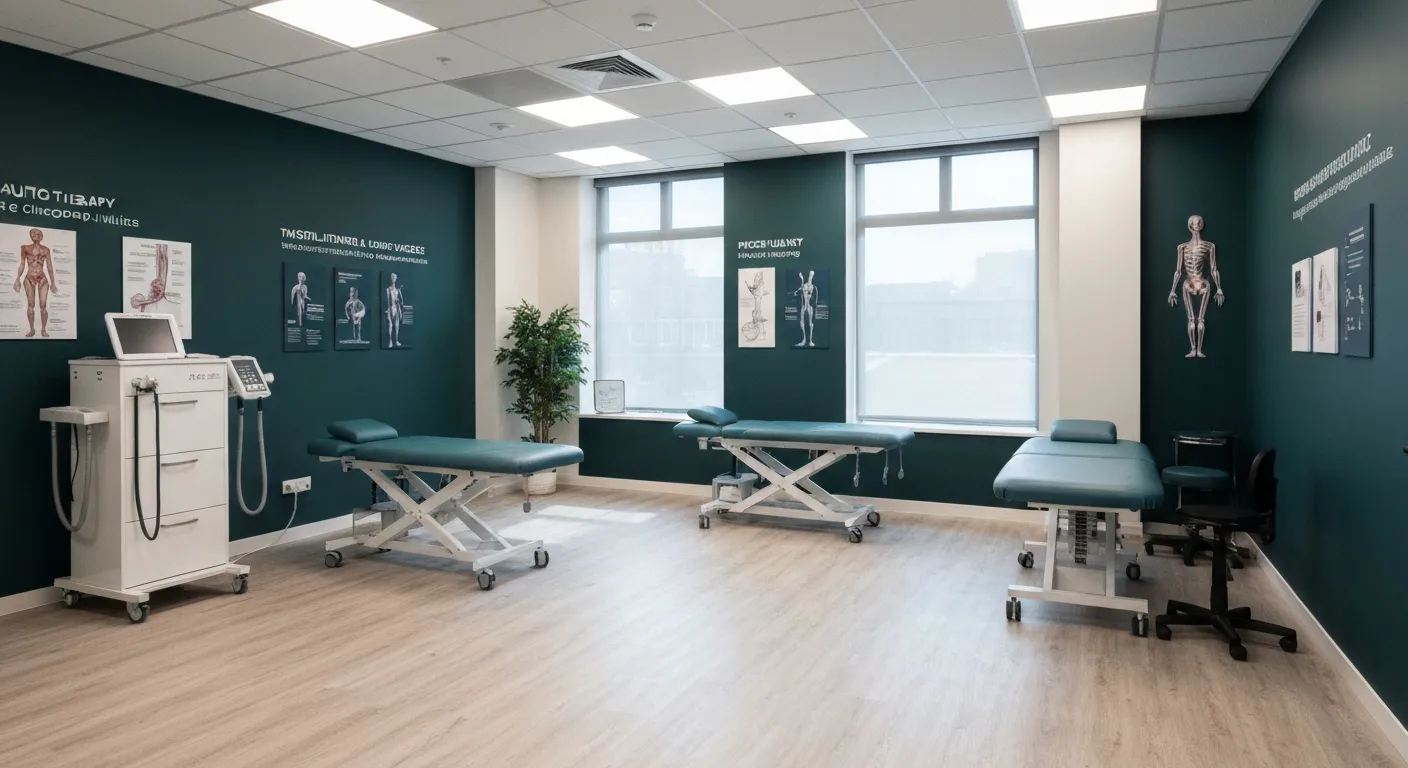
The Role of Physiotherapy in Enhancing Chiropractic Care Outcomes

Complementing Chiropractic Care with Physiotherapy: What You Need to Know
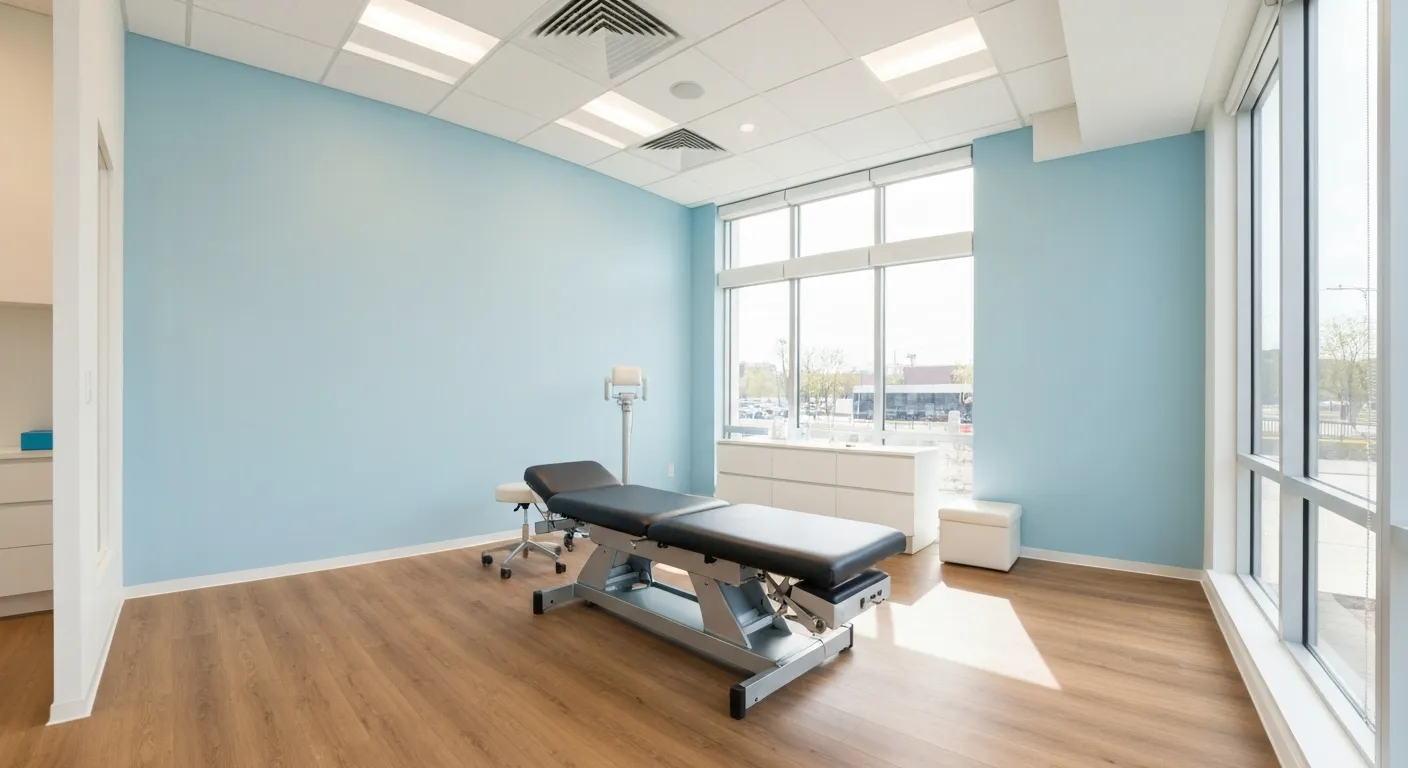
What to Expect During Your First Chiropractic Visit

Simple Lifestyle Adjustments to Maintain a Healthy Spine

Personalized Nutritional Counseling for Improved Health Outcomes

Exploring Non-Surgical Treatments for Spine-Related Conditions

An Introduction to Spinal Decompression for Sciatica Patients

Transformative Success Stories: Patient Experiences with Chiropractic Treatments

Why Chiropractic Care Is Essential for Back Pain Relief

Addressing Underlying Causes Versus Symptom Management in Pain Care

The Role of Nutrition in Enhancing Chiropractic Treatment Effectiveness

Sciatica Treatment Options: Is Spinal Decompression Right for You?

Lifestyle Tips to Maintain a Healthy Spine and Prevent Back Issues

The Synergy Between Physiotherapy and Chiropractic Treatments

What Happens During Your Initial Chiropractic Consultation

Effective Corrective Exercises for Sustainable Pain Management

Taking a Root Cause Approach to Chronic Pain Management

Holistic Pain Management Techniques Without Surgery

How Patient Success Stories Validate Chiropractic Care Benefits

Spinal Decompression: Innovative Treatment for Sciatic Nerve Pain

Spinal Decompression Therapy: A Non-Invasive Approach to Sciatica Relief

Exploring Holistic Approaches Beyond Surgery for Pain Relief

Practical Lifestyle Advice to Support a Healthy Spine Every Day

Corrective Exercise Routines Designed for Long-Term Pain Prevention

Real Patient Stories: Overcoming Chronic Pain with Chiropractic Care

Lifestyle Changes That Promote a Healthy Spine and Prevent Injury

How Addressing the Root Cause of Pain Leads to Lasting Relief

Non-Surgical Holistic Therapies to Manage Chronic Pain Effectively

Nutritional Counseling's Impact on Physical Health and Healing

Benefits of Regular Chiropractic Care for a Stronger Back

Your First Chiropractic Visit: What to Expect and How to Prepare

Patient Experiences: How Chiropractic Care Transformed Their Lives

Exploring Holistic, Non-Surgical Options for Pain Management

Combining Physiotherapy with Chiropractic Treatments for Enhanced Recovery

Holistic Treatments That Offer Alternatives to Surgery for Pain Relief

Corrective Exercise Strategies for Long-Term Spine Health

How Physiotherapy Complements Chiropractic Adjustments for Better Outcomes

First-Time Chiropractic Visitors: What You Should Know

Understanding the Importance of Treating Pain at Its Source

Adopting Lifestyle Changes to Support Your Spine's Wellness

Utilizing Physiotherapy to Enhance Chiropractic Treatment Outcomes

The Key Advantages of Chiropractic Care for Back Pain Sufferers

Why Focusing on Root Causes Improves Pain Treatment Success

Corrective Exercises That Promote Lasting Pain Relief and Mobility

Sciatica Relief Through Targeted Spinal Decompression Techniques

Preparing for Your First Chiropractic Appointment with Confidence

Healthy Lifestyle Habits for Maintaining Spinal Alignment

Success Stories Highlighting Chiropractic's Role in Pain Recovery

Top Benefits of Chiropractic Care for Chronic Back Pain

Nutrition Tips to Boost Your Overall Wellness and Recovery

How Chiropractic Care Alleviates Back Pain Naturally

How Nutritional Counseling Supports Overall Wellness and Spine Health

Step-by-Step Guide to Your First Visit with a Chiropractor

Using Nutrition to Support Chiropractic and Overall Wellness

Integrating Physiotherapy in Your Chiropractic Healing Journey

How Physiotherapy Complements Chiropractic Adjustments for Faster Healing

Lifestyle Tips for Maintaining a Healthy Spine and Preventing Back Pain

Heartwarming Patient Testimonials Highlighting Chiropractic Success

How Proper Nutrition Supports Chiropractic and Physiotherapy Treatments

Combining Physiotherapy and Chiropractic Treatments for Optimal Recovery

Why Chiropractic Treatments Are Effective for Managing Back Pain

Choosing a Chiropractor: Tips for Finding a Trusted Provider

Integrating Physiotherapy and Chiropractic: Benefits and What to Expect

How Tailored Corrective Exercises Can Aid in Pain Management

Chiropractic Care: A Proven Solution for Alleviating Back Pain

What to Expect at Your First Chiropractic Visit: A Comprehensive Guide

The Importance of Root Cause Analysis in Effective Pain Management

The Role of Corrective Exercises in Sustaining Pain-Free Living

Combining Chiropractic and Physiotherapy for Comprehensive Pain Relief

How Addressing Underlying Causes Improves Pain Treatment Effectiveness

Maintaining Spinal Health Through Lifestyle Changes and Preventive Care

Understanding the Benefits of Chiropractic Adjustments for Back Pain Sufferers

